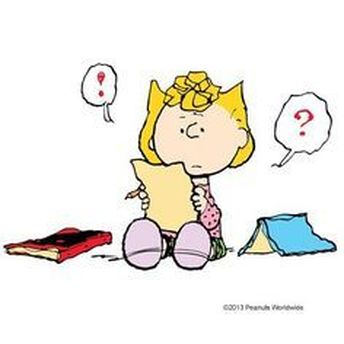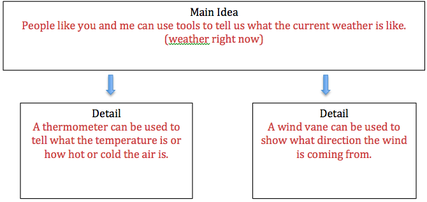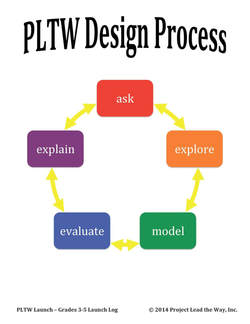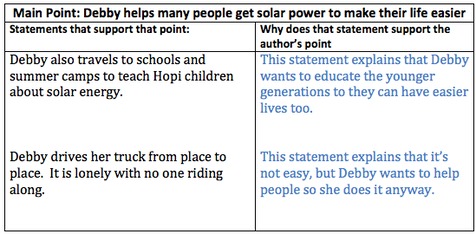|
Our class of 21 is now 22! We are so excited to have Sunakshi as our newest friend in D103. Having a new classmate this week gave all of us the opportunity to benefit from some Tribe activities. Students shared things about themselves and important things that anyone should know about our school. These activities were great community builders that brought a sense of fellowship. Here is a summary of what happened in our classroom: In Langauge Arts...
In math...
In science...
REMINDERS AND ANNOUCEMENTS
0 Comments
Our little engineers got to put their designs to the test as they conducted a trial run of their seed dispersers this week. It was quite an experience for them to explore and evaluate how they thought their models were going to work and actually seeing them in action. They will fine-tune them with revisions to improve features and test again next week. Pictures coming soon!
Here is a summary of what happened in our classroom: In Langauge Arts...
In math...
In science...
REMINDERS AND ANNOUCEMENTS
Our classroom coral reef is blooming with "life" with its vibrant and colorful coral and the fascinating sea life decorating our classroom entrance way. This display is a work-of-art created by the amazing artists of D103. Using their coral reef animal research from 2nd quarter, students worked hard to draw their animal and coral, colored it using oil pastels, and described how it depends on other plants and/or animals within its habitat. The coral reef was assembled after school with a group of students. On Monday morning all the children will get to explore this coral reef for the first time! Check out the photo.
Here is a summary of what happened in our classroom: In Langauge Arts...
In science...
REMINDERS AND ANNOUCEMENTS
Happy New Year! I hope everyone enjoyed time with family and friends this holiday season bringing in the New Year. Every start to a new year makes for the perfect opportunity to reflect on our achievements and set new goals. This is exactly what the children did. Going through this process is meaningful for the children as they are learning that they can track and monitor their own progress, by doing this it motivates them to strive higher. Looking at their growth also allows them to self assess, set another goal, and make a plan to get there. Here is a summary of what happened in our classroom: In Langauge Arts...
In science...
REMINDERS AND ANNOUCEMENTS
|
Proudly powered by Weebly





 RSS Feed
RSS Feed